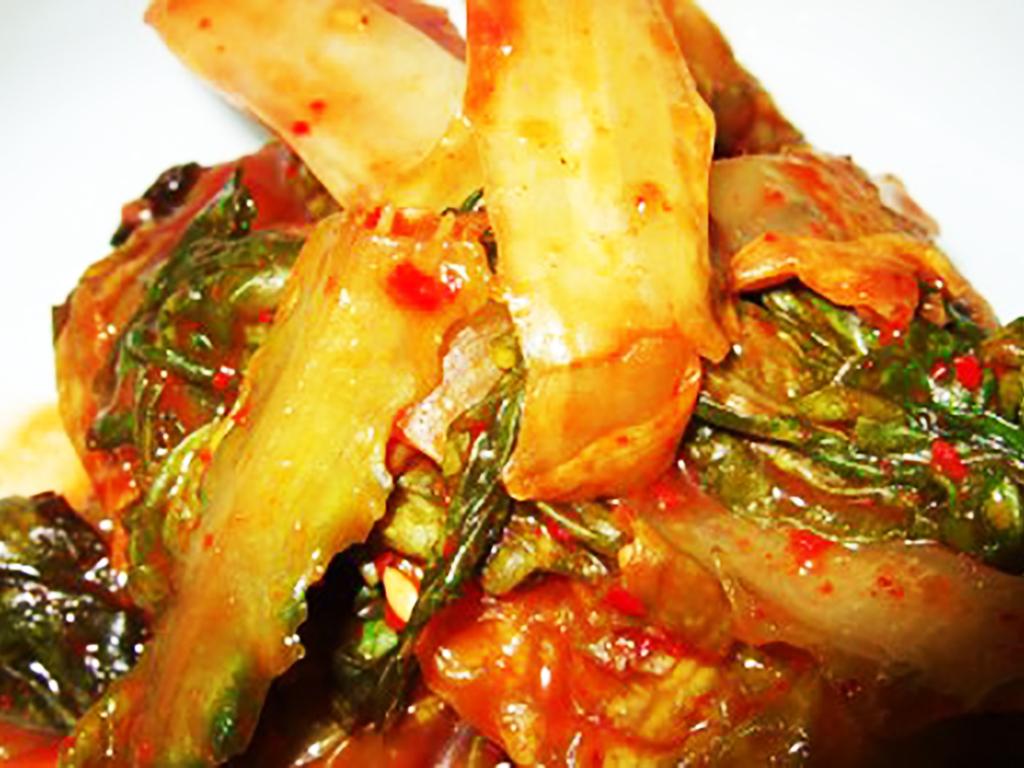4 Mins Read
Asia is the ideal place to discover fermented foods. Almost all of the major Asian cultures have a tradition of fermenting that dates back thousands of years. Fermenting is still very much alive and well today- in fact, in many places in Asia, fermented foods make up every meal of the day.
In the second instalment of her guest series on fermenting, Jacqueline Renee Cohen of Lantau Mama gives us an overview of the various fermented vegetable dishes around Asia.
In the days before refrigeration, fermentation was a very useful way to preserve foods in order to be able to eat them throughout the year. While today we have rediscovered the probiotic benefits of eating fermented foods on a regular basis for our digestive health, for traditional peoples fermented foods represented the ability to maintain a balanced diet throughout the year, especially in winter when fresh vegetables were not readily available, not to mention that fermentation prevents spoilage, so it kept people from consuming rotten foods and becoming ill.
The fermenting methods and end results may vary, but across the region, the reason behind the ubiquity of fermented foods is finding a way to preserve vegetables before the onset of winter in cooler climates or the onset of the rainy season in tropical areas. While they are rarely a main dish on the Asian table, fermented vegetables are very important side dish- most meals would not be considered complete without this accompaniment.
Cabbage ferments are very common in many Asian countries. Interestingly, many countries have a tradition of fermenting cabbage and various recipes are found across the world- sauerkraut is a well known example- but in Asia, the sheer variety of fermented cabbage is astounding. That being said, there are many other types of fermented vegetables too.
In Taiwan, the smell of chou doufu AKA stinky tofu can be found wafting at stalls throughout the country’s night markets. The iconic snack, which includes a fermented type of tofu (find out more here), is always served with a small dish of fermented cabbage. Depending on the vendor, this might be spicy.
In Thailand, Cambodia, Laos and Vietnam, different versions of pickled vegetables, including cabbage, grace the table for most meals. Fermented vegetables vary greatly throughout the Indochina region, but one constant is that they tend to be spicy!
In Japan, tsukemono, the blanket term for pickled vegetables, are part of every meal. Often served in small side dishes, they are made from ginger, daikon, cucumber, eggplant, burdock root and plums. Colorful and delicious, they please both the eye and the stomach! They tend to be sweeter and rarely are they spicy, as compared to other Asian ferments.
Across China pao cai, or picked vegetables, mostly made from cabbage or mustard greens, are found on every family dinner table. These vary from sour to spicy depending upon the region. If you travel to the more rural areas of the country, you can see them fermenting in beautiful ceramic containers in the open air or in glass containers on kitchen counters.
Not only are fermented veggies a culinary staple, they are also a social staple in some cultures. In Korea, there is a national kimchi (traditional Korean spicy and sour fermented vegetable side dish, cabbage being the most common) making tradition known as gimjang that occurs from late November to early December. Women get together and make huge batches of kimchi to last through the winter. In villages, this might happen outdoors on the ground whereas in apartments, an entire living room might be taken over. It’s a pleasant way to make this labour-intensive process more fun. Plus, it results in a winter full of yummy kimchi for everyone!
As you explore the many exciting destinations that make up Asia this year, make sure to seek out each culture’s local vegetable ferments. It’s a great way to discover a new cuisine and we can assure you they are all delicious, not to mention so healthy!
Did you miss the first part of our series, all about why you need fermented foods for optimal gut health? Read it here.
Photo credit: maaco via photopin cc, shiunkle via photopin cc, jamiefrater via photopin cc, *。♪・ GEORG ゚♫*。via photopin, shashinjutsu via photopin cc, Taekwonweirdo via photopin cc and [puamelia] via photopin cc.










